Home>Articles>How To Stop A Carbon Monoxide Detector From Beeping
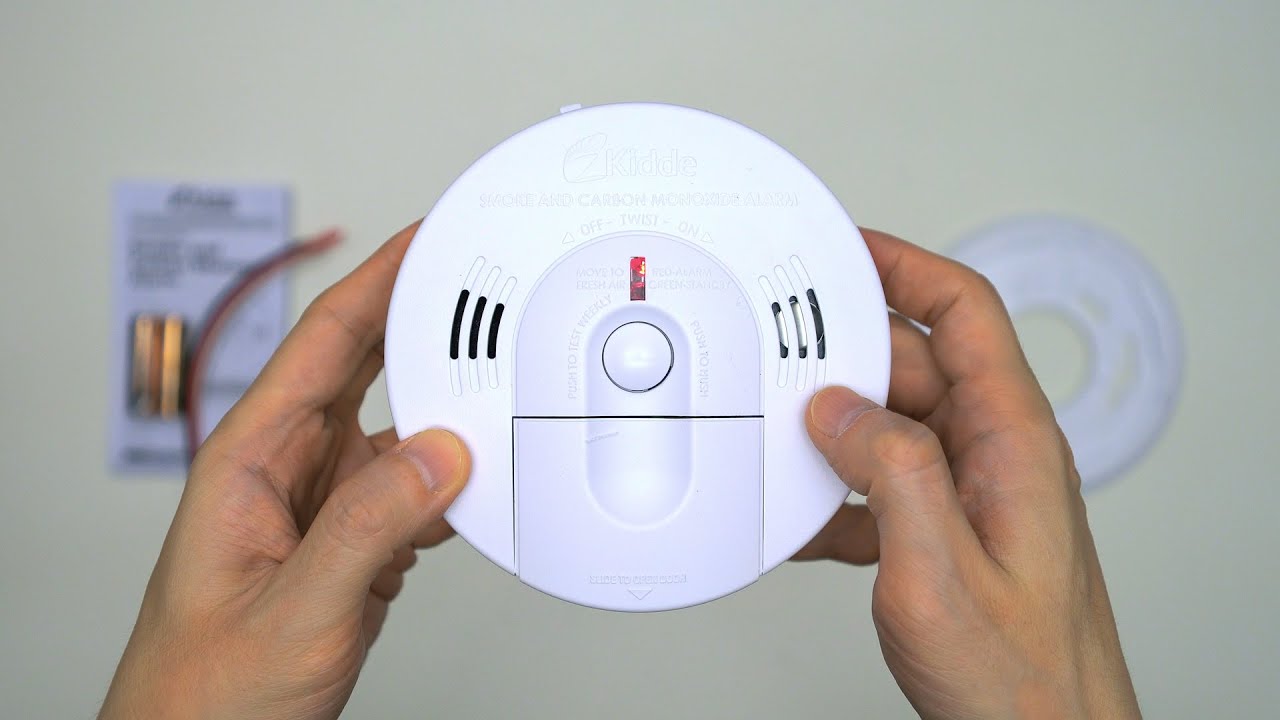

Articles
How To Stop A Carbon Monoxide Detector From Beeping
Modified: August 22, 2024
Learn how to stop a carbon monoxide detector from beeping with these helpful articles. Keep your home safe and silent.
(Many of the links in this article redirect to a specific reviewed product. Your purchase of these products through affiliate links helps to generate commission for Storables.com, at no extra cost. Learn more)
Introduction
Welcome to the world of carbon monoxide detectors! These smart devices play a crucial role in keeping you and your loved ones safe from the dangers of carbon monoxide poisoning. However, there may come a time when that peaceful silence is interrupted by the dreaded beeping sound of your carbon monoxide detector. You might find yourself wondering why it’s beeping and how to make it stop.
In this article, we’ll delve into the intricacies of carbon monoxide detectors and explore the various reasons why they might beep. We’ll also provide you with step-by-step instructions on how to stop the beeping and offer some common troubleshooting tips.
But before we dive in, let’s take a moment to understand the importance of carbon monoxide detectors. Carbon monoxide is an odorless, colorless, and tasteless gas that can be lethal when inhaled in high concentrations. It is produced by the incomplete combustion of fuels such as gas, oil, coal, and wood. Common sources of carbon monoxide in our homes include faulty gas appliances, blocked chimneys, and car exhaust fumes in enclosed spaces.
Without a carbon monoxide detector, it’s nearly impossible to detect the presence of this deadly gas. That’s why having a functional carbon monoxide detector installed in your home is essential for your safety.
Now that we understand the vital role carbon monoxide detectors play, let’s explore why they might beep and what you can do about it.
Key Takeaways:
- Regular maintenance of your carbon monoxide detector is crucial for optimal functionality, safety, and longevity. Prioritize maintenance to protect your loved ones and ensure compliance with regulations.
- When your carbon monoxide detector beeps, take immediate action to address the issue. Check the battery, follow troubleshooting tips, and replace the detector if necessary to maintain a safe living environment.
Read more: Why Does Carbon Monoxide Detector Beeps
Understanding Carbon Monoxide Detectors
Before we get into the reasons why your carbon monoxide detector might beeping, let’s take a moment to understand how these devices work. Carbon monoxide detectors are designed to monitor the air for the presence of carbon monoxide gas. They consist of sensors that detect the gas and trigger an alarm when levels reach a dangerous threshold.
There are two main types of carbon monoxide detectors: plug-in and hardwired. Plug-in detectors are portable and can be plugged into standard electrical outlets. They usually have a backup battery to ensure their functionality during power outages. Hardwired detectors, on the other hand, are directly connected to the electrical system of your home. They may also have a battery backup to provide protection during power failures.
Carbon monoxide detectors use different types of sensors to detect the gas. The most common sensor types are:
- Electrochemical sensor: This sensor generates a small electric current when it comes into contact with carbon monoxide gas.
- Biomimetic sensor: This sensor uses a gel that changes color when exposed to carbon monoxide gas, triggering the alarm.
- Metal oxide semiconductor sensor (MOS): This sensor’s conductivity changes when it detects carbon monoxide gas, setting off the alarm.
Regardless of the type of sensor used, carbon monoxide detectors are designed to give an audible warning, typically a loud beeping sound, when carbon monoxide levels are too high. This alerts you to the presence of the gas and allows you to take immediate action to protect yourself and your family.
It’s important to note that carbon monoxide detectors have a limited lifespan, usually around 5-7 years. After this time, their sensors may become less effective in detecting carbon monoxide. Therefore, it’s crucial to replace your carbon monoxide detector before it reaches its expiration date to ensure maximum safety.
Now that we have a basic understanding of carbon monoxide detectors, let’s move on to exploring the possible causes of a beeping carbon monoxide detector.
Causes of Carbon Monoxide Detector Beeping
When your carbon monoxide detector starts beeping, it’s important to investigate the cause promptly. While the beeping may alarm you, it’s actually a safety feature designed to alert you to potential dangers. Here are some common causes of carbon monoxide detector beeping:
- Low battery: Many carbon monoxide detectors are equipped with batteries to ensure their functionality during power outages. If the battery voltage is low, the detector may emit a beeping sound to indicate the need for battery replacement. It’s crucial to replace the batteries regularly to prevent false alarms or detector malfunctions.
- End of life: Carbon monoxide detectors have a limited lifespan, typically around 5-7 years. After this period, the sensor’s effectiveness in detecting carbon monoxide gas may diminish. The detector may beep consistently or intermittently to signal that it has reached the end of its life and needs to be replaced. Check the expiration date on your detector and replace it promptly if it has exceeded its lifespan.
- Malfunction: Like any electronic device, carbon monoxide detectors can occasionally malfunction. A malfunctioning detector may emit false alarms or continuous beeping sounds. If you’ve checked the battery and the expiration date, but the beeping persists, it’s advisable to consult the manufacturer’s guidelines or contact customer support for further assistance.
- High levels of carbon monoxide: The primary purpose of a carbon monoxide detector is to alert you to the presence of dangerous levels of carbon monoxide gas. If the detector detects high levels of carbon monoxide, it will sound the alarm, which may be a continuous loud beep or a series of beeps. In this case, it’s crucial to evacuate the premises immediately and call emergency services.
- Electrical issues: In some cases, the beeping of a carbon monoxide detector may be due to electrical issues. Check for loose connections, damaged wires, or power surges that might be affecting the detector’s functionality. If you suspect an electrical problem, it’s best to contact a qualified electrician to assess and resolve the issue.
Understanding the causes of carbon monoxide detector beeping is the first step in resolving the issue. In the next section, we’ll explore the steps you can take to stop your carbon monoxide detector from beeping.
Steps to Stop Carbon Monoxide Detector from Beeping
When your carbon monoxide detector starts beeping, it’s important to take action to address the issue promptly. Here are the steps you can follow to stop your carbon monoxide detector from beeping:
- Check the battery: Start by checking the battery of your carbon monoxide detector. If the battery is low, replace it with a fresh one. Remember to use the correct type of battery as specified by the manufacturer.
- Replace the backup battery: If your carbon monoxide detector is hardwired and has a backup battery, ensure that the backup battery is also in good condition. Replace it if needed.
- Silence the alarm temporarily: Some carbon monoxide detectors have a built-in feature that allows you to silence the alarm for a short period. Read the user manual or search online for instructions specific to your model to learn how to temporarily silence the alarm.
- Reset the detector: If the beeping continues after replacing the battery or silencing the alarm, try resetting the detector. This can be done by unplugging the unit (if it’s a plug-in detector) or turning off the power supply (if it’s a hardwired detector) and then plugging it back in or turning the power supply back on.
- Test the detector: After performing the above steps, it’s important to test the detector to ensure it’s functioning properly. Follow the manufacturer’s instructions for conducting a test. If the test is successful and the beeping stops, you can rest assured that the issue has been resolved.
- Replace the detector: If none of the above steps have stopped the beeping and your carbon monoxide detector is approaching or has exceeded its expiration date, it’s time to replace it with a new one. Make sure to purchase a detector that meets the current safety standards and install it following the manufacturer’s instructions.
By following these steps, you should be able to stop your carbon monoxide detector from beeping. However, if the beeping persists or you’re unsure about any of the steps, it’s recommended to consult the manufacturer’s guidelines or contact customer support for further assistance.
In the next section, we’ll discuss some common troubleshooting tips that may help you resolve issues with your carbon monoxide detector.
Check the battery and replace it if necessary. If the battery is not the issue, make sure the detector is not near any sources of carbon monoxide, such as a gas stove or fireplace. If the beeping continues, contact a professional for inspection.
Common Troubleshooting Tips
If your carbon monoxide detector continues to beep or you’re experiencing other issues, here are some common troubleshooting tips to consider:
- Clean the detector: Dust, dirt, and debris can accumulate on the sensors of your carbon monoxide detector, affecting its performance. Use a soft cloth or brush to gently clean the exterior of the detector. Avoid using any liquid or harsh chemicals.
- Move away from potential sources: Your carbon monoxide detector may be sensitive to other household items or appliances that emit small amounts of carbon monoxide, such as stoves or gas-powered tools. Move the detector away from these sources and see if the beeping stops.
- Check ventilation: Ensure that your home has proper ventilation, especially in areas where fuel-burning appliances are located. Poor ventilation can lead to a buildup of carbon monoxide gas. If necessary, improve ventilation by opening windows, using exhaust fans, or installing a ventilation system.
- Monitor for false alarms: Pay attention to any patterns or triggers that may be causing false alarms. For example, if the alarm goes off when you’re using certain appliances or at specific times, consider adjusting or replacing those appliances or reassessing your daily routines to minimize false alarms.
- Check for other alarms: If you have multiple carbon monoxide detectors in your home, make sure they are all functioning properly. One malfunctioning detector can cause other detectors in the vicinity to beep. Test each detector individually to identify the source of the beeping and address it accordingly.
- Consult a professional: If you’ve tried the above troubleshooting tips and the beeping persists or you’re uncertain about the issue, it’s best to seek assistance from a professional. Contact a qualified technician or the manufacturer’s customer support for further guidance and troubleshooting.
Remember, the safety of you and your family is paramount when it comes to carbon monoxide detection. If at any time you suspect the presence of high levels of carbon monoxide or are experiencing symptoms such as dizziness, headache, nausea, or confusion, evacuate the premises immediately and seek medical attention.
Regular maintenance and periodic testing of your carbon monoxide detector are also crucial to ensure its proper functioning. Let’s explore the importance of regular maintenance in the next section.
Importance of Regular Maintenance
Regular maintenance of your carbon monoxide detector is essential for ensuring its optimal performance and reliability. Here are the key reasons why regular maintenance is important:
- Functionality: Regular maintenance helps to ensure that your carbon monoxide detector is functioning properly. By conducting periodic checks and tests, you can identify any issues in advance and address them promptly. This ensures that the detector will effectively detect and alert you to the presence of carbon monoxide gas when needed.
- Safety: Carbon monoxide is a silent killer. Regular maintenance ensures that your carbon monoxide detector is in peak condition, providing you with the highest level of protection against this hazardous gas. By taking the time to maintain your detector, you are prioritizing the safety and well-being of yourself and your family.
- Longevity: Just like any other electronic device, carbon monoxide detectors have a limited lifespan. However, regular maintenance can prolong the life of your detector. By keeping it clean, checking batteries and electrical connections, and following manufacturer recommendations, you can maximize the lifespan of your detector and save on replacement costs.
- Compliance: Some jurisdictions have regulations and requirements regarding the installation and maintenance of carbon monoxide detectors in residential properties. Regular maintenance ensures that your detector remains compliant with these regulations, helping you avoid any legal issues or penalties.
- Peace of mind: Knowing that your carbon monoxide detector is in good working condition gives you peace of mind. You can rest easy, knowing that you have taken the necessary steps to protect your loved ones from the dangers of carbon monoxide. Regular maintenance allows you to have confidence in the effectiveness of your detector.
When it comes to regular maintenance, be sure to follow the manufacturer’s guidelines specific to your carbon monoxide detector. These guidelines typically include recommendations for cleaning, testing, and replacing batteries. It’s also important to replace your carbon monoxide detector according to its recommended lifespan to ensure continued safety and functionality.
By prioritizing regular maintenance, you are investing in the safety and well-being of your household. Now that we have covered the importance of regular maintenance, let’s conclude our article.
Conclusion
Carbon monoxide detectors are a vital component of home safety, protecting you and your loved ones from the silent and deadly threat of carbon monoxide gas. However, encountering a beeping carbon monoxide detector can be alarming and overwhelming.
In this comprehensive guide, we have explored the various causes of carbon monoxide detector beeping and provided step-by-step instructions on how to stop the beeping. We also discussed common troubleshooting tips and highlighted the importance of regular maintenance for the optimal functionality of your detector.
Remember, when your carbon monoxide detector beeps, it is signaling a potential danger. Take the time to investigate the cause and address it promptly. Whether it’s a low battery, end of life, malfunction, high levels of carbon monoxide, or electrical issues, following the recommended steps will help stop the beeping and ensure your safety.
Regular maintenance of your carbon monoxide detector is crucial to keep it in peak condition. By conducting regular checks, cleaning sensors, replacing batteries, and adhering to manufacturer guidelines, you can ensure the continued effectiveness of your detector. This will provide you with peace of mind, knowing that you have taken the necessary precautions to protect your home and loved ones.
If you encounter beeping that persists or have any concerns, it’s always best to consult the manufacturer’s guidelines or seek assistance from a professional. Their expertise and guidance can help resolve any issues and ensure the proper functioning of your carbon monoxide detector.
Stay vigilant, prioritize safety, and never underestimate the importance of a working carbon monoxide detector. With the knowledge and steps outlined in this article, you are equipped to handle beeping carbon monoxide detectors and maintain a safe living environment for you and your family.
Remember, prevention is the key, so regularly check and maintain your carbon monoxide detector to ensure it can effectively detect and protect against this deadly gas.
Frequently Asked Questions about How To Stop A Carbon Monoxide Detector From Beeping
Was this page helpful?
At Storables.com, we guarantee accurate and reliable information. Our content, validated by Expert Board Contributors, is crafted following stringent Editorial Policies. We're committed to providing you with well-researched, expert-backed insights for all your informational needs.
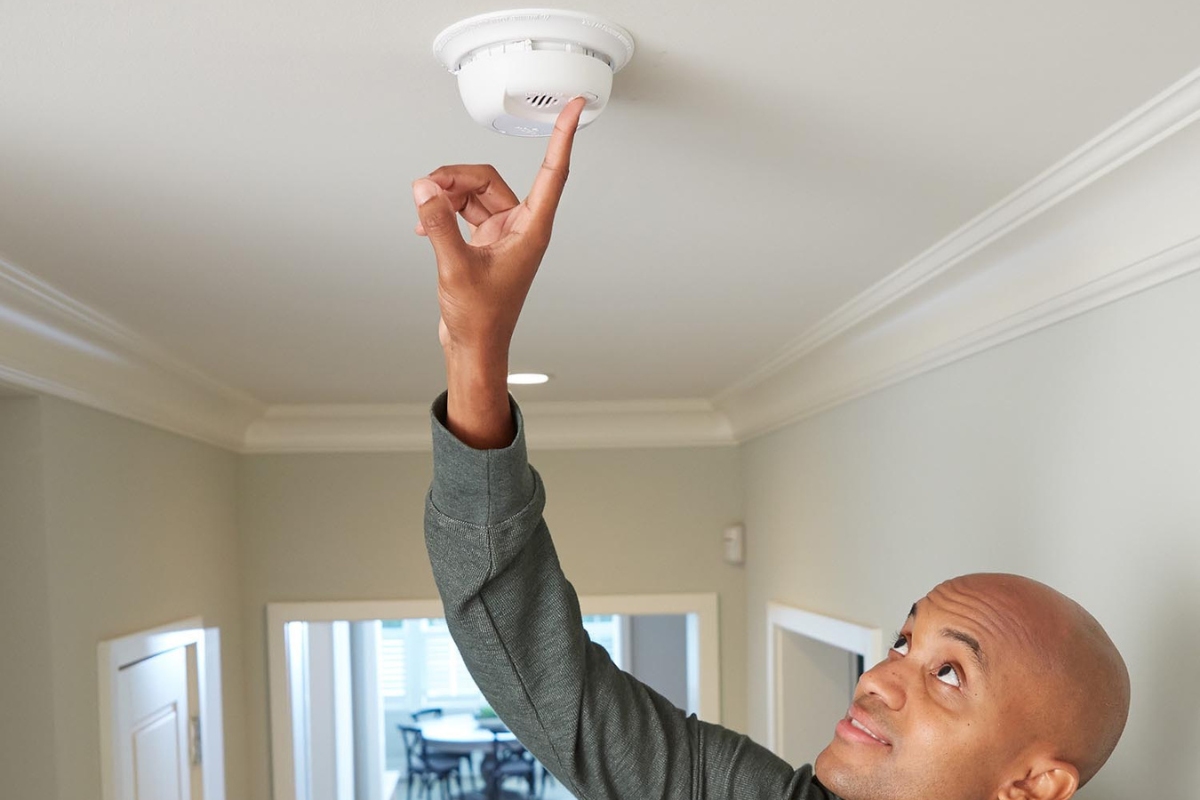
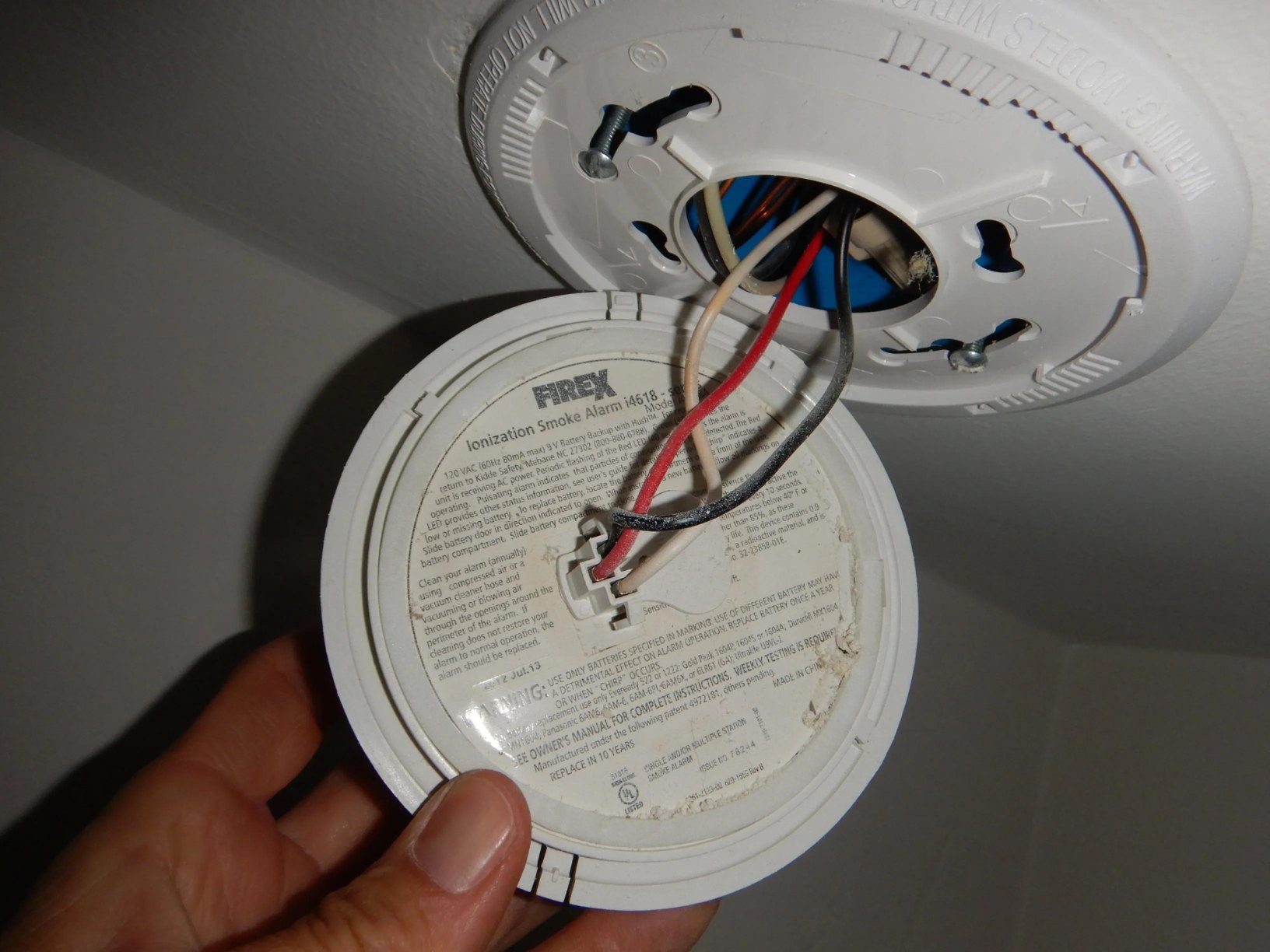
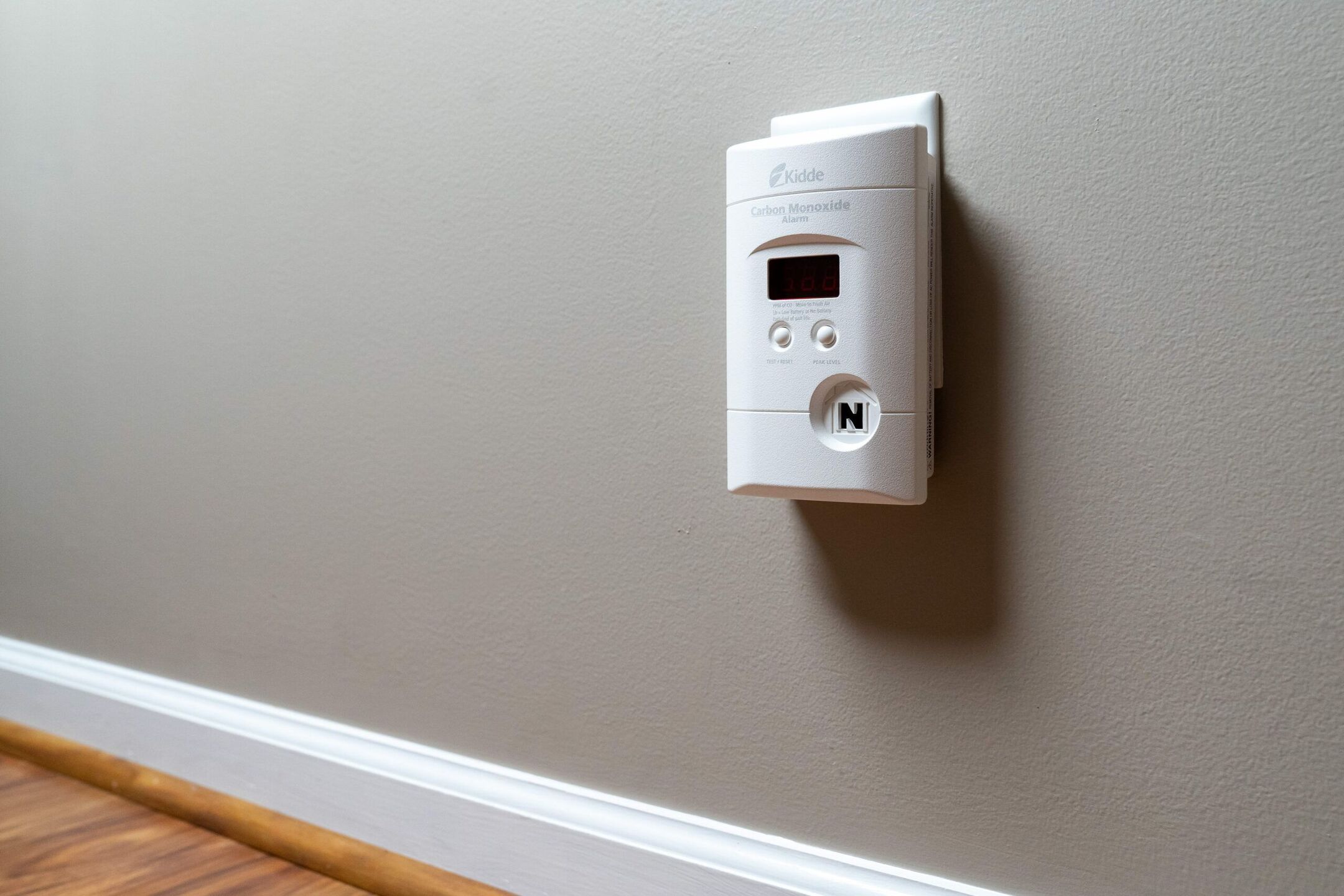
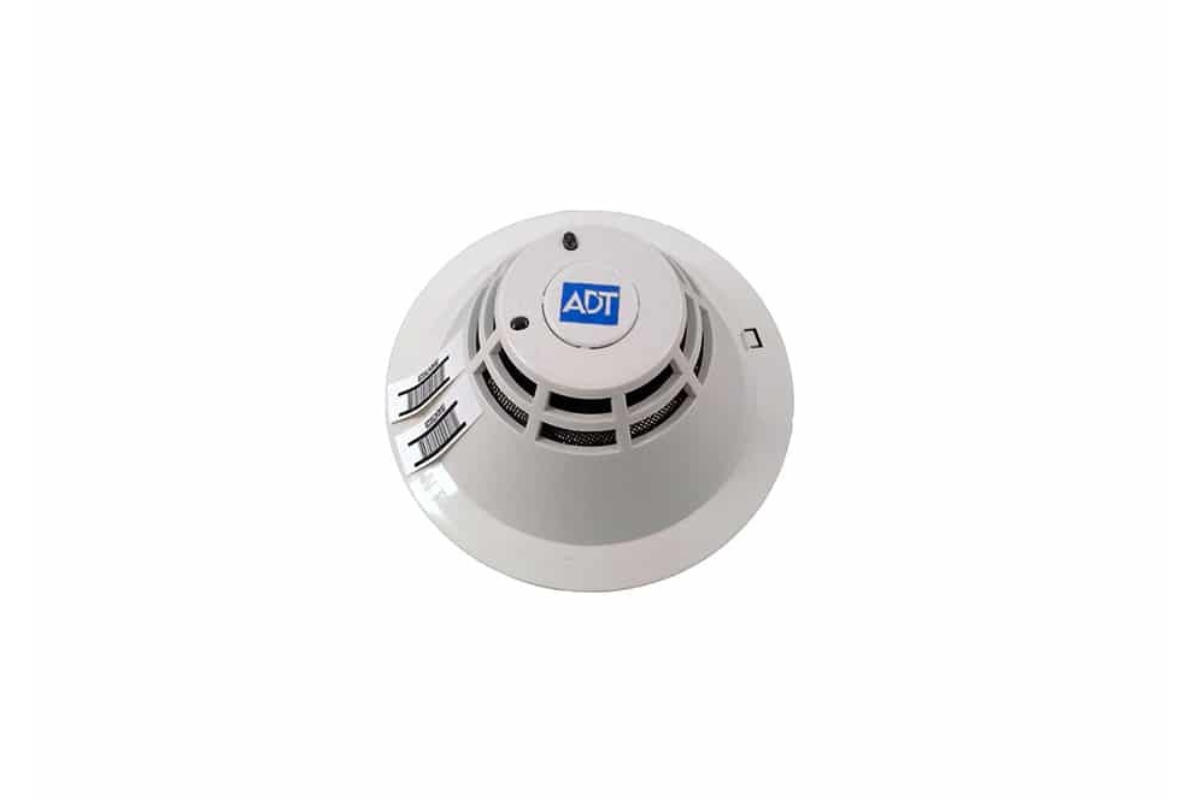
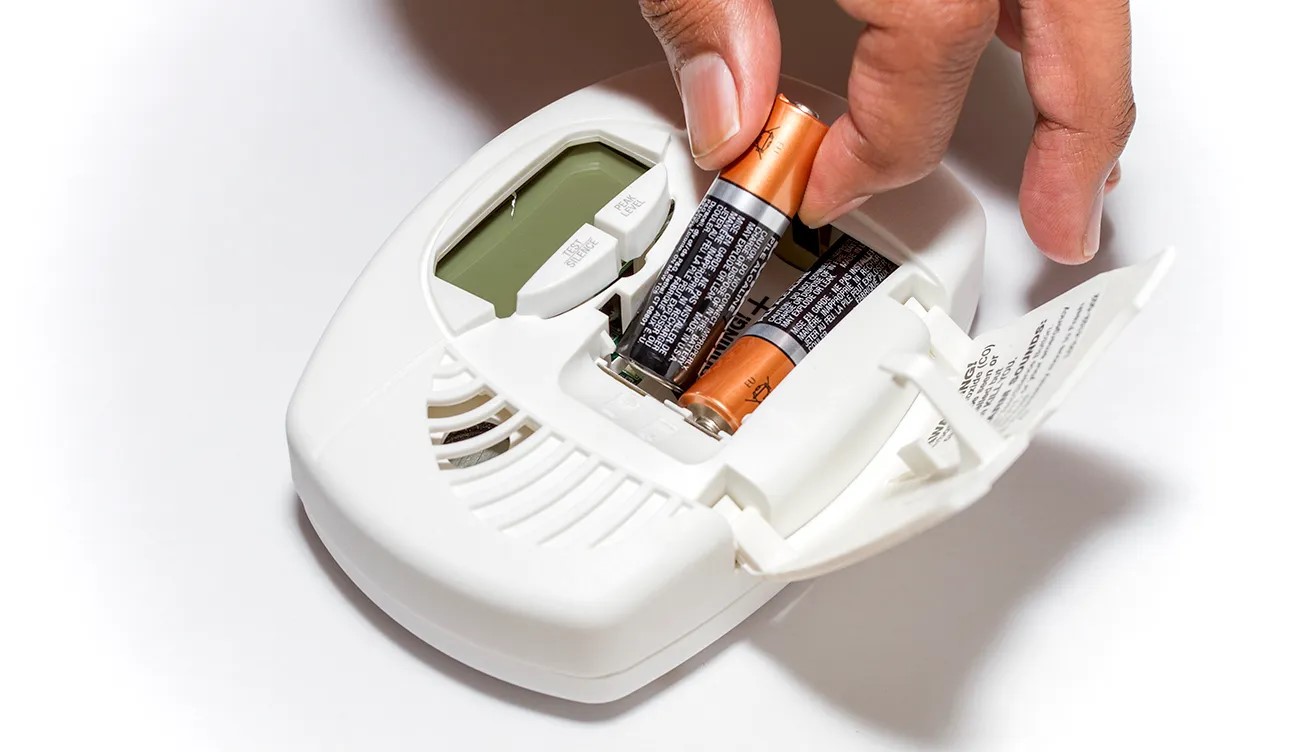
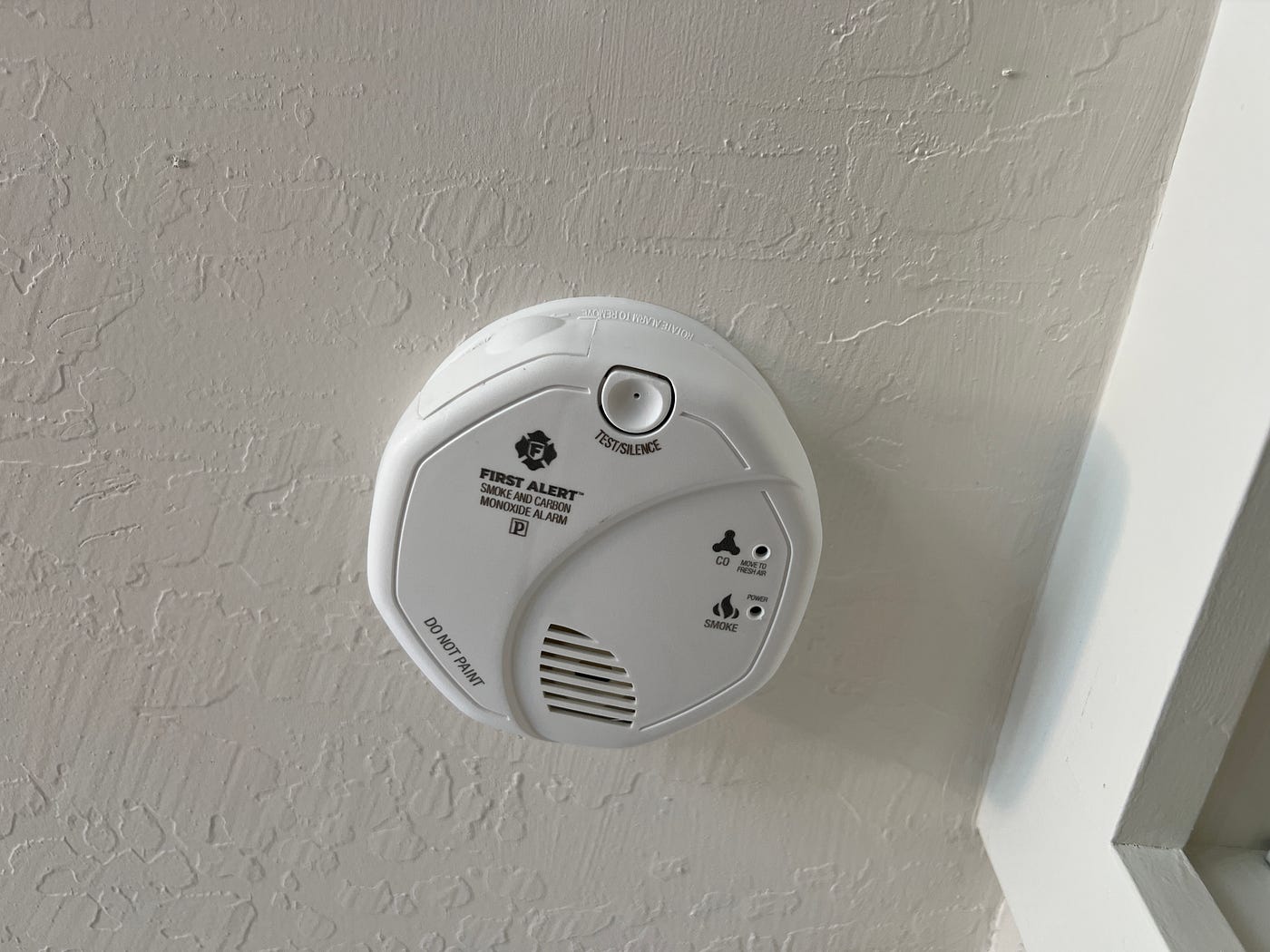
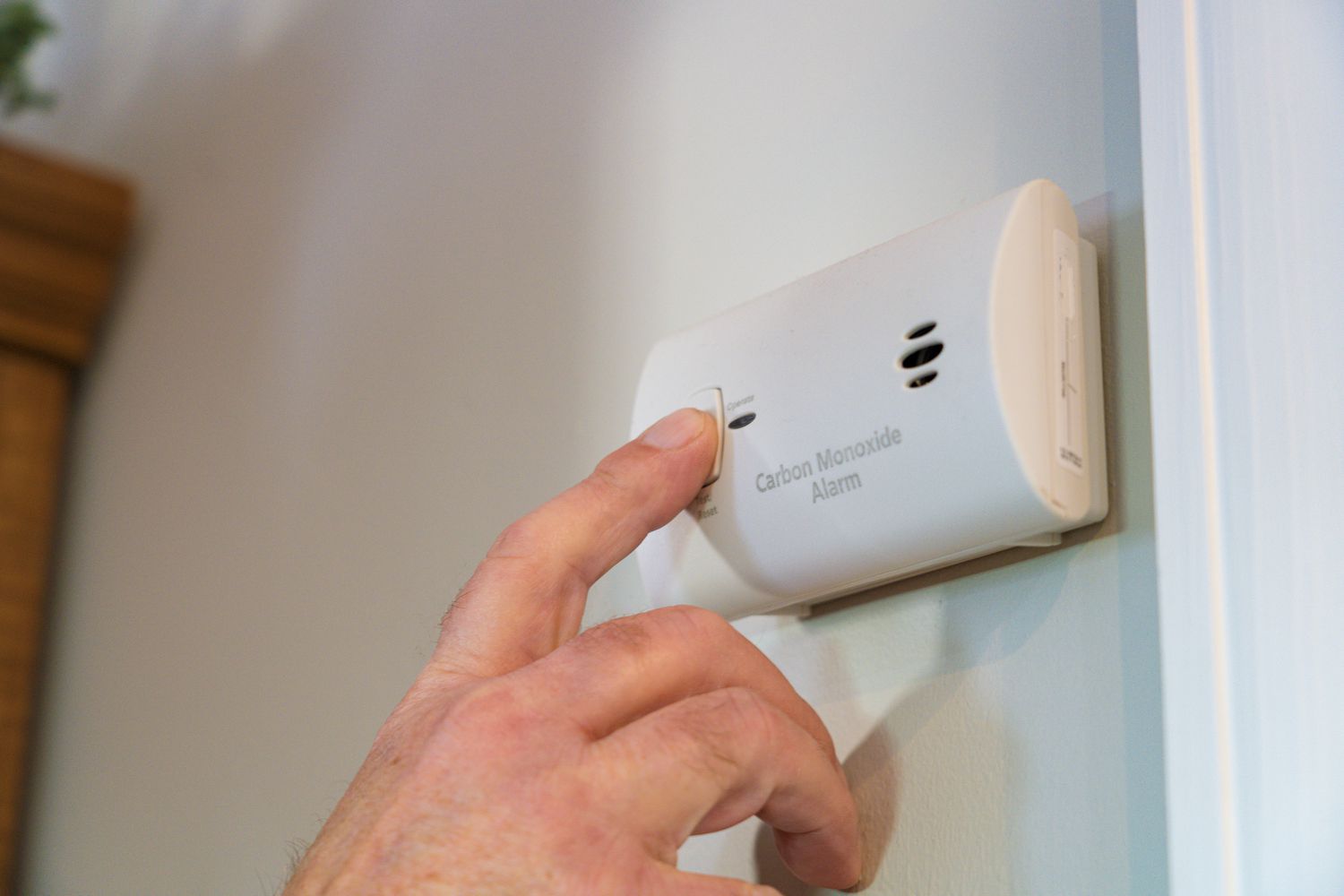
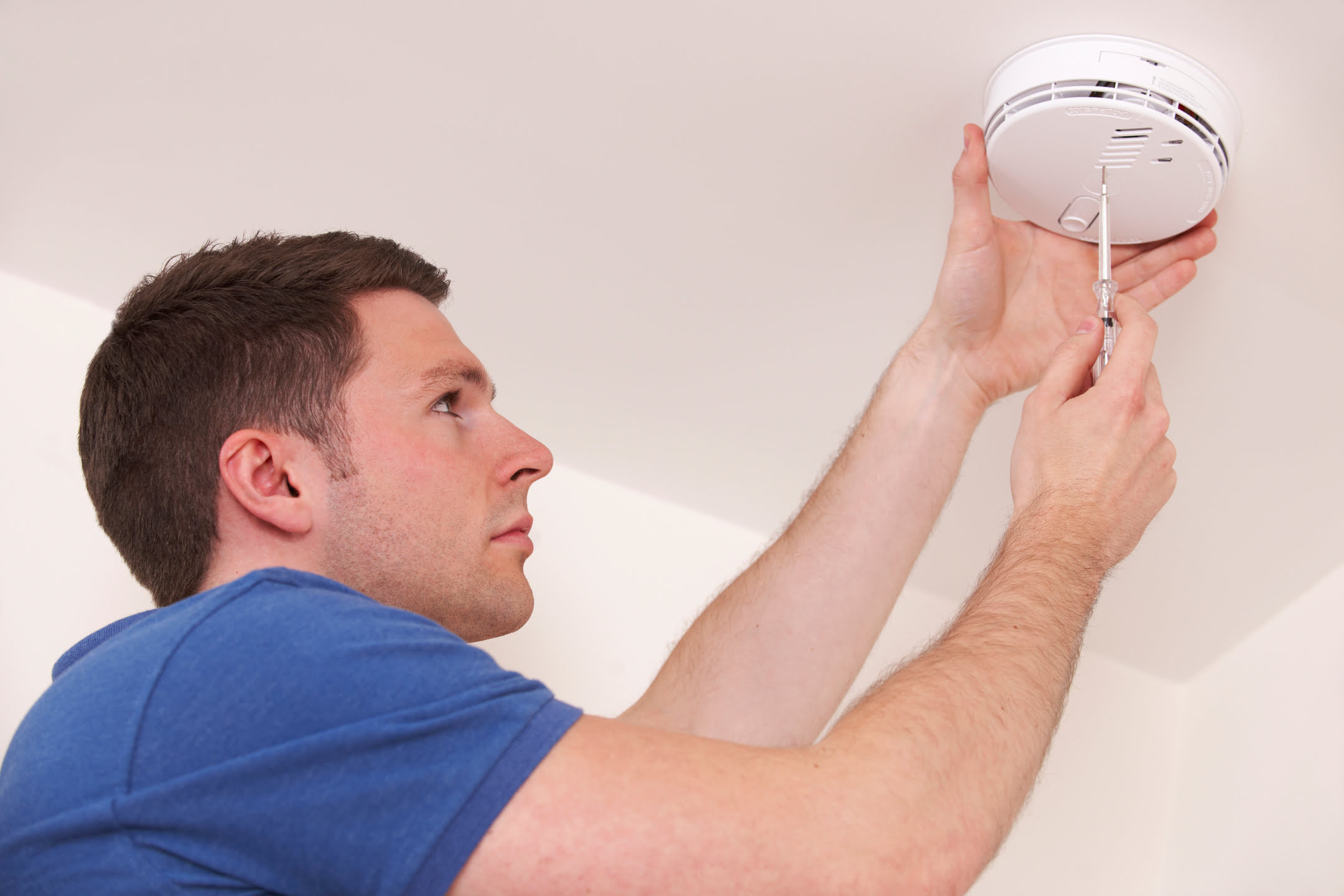
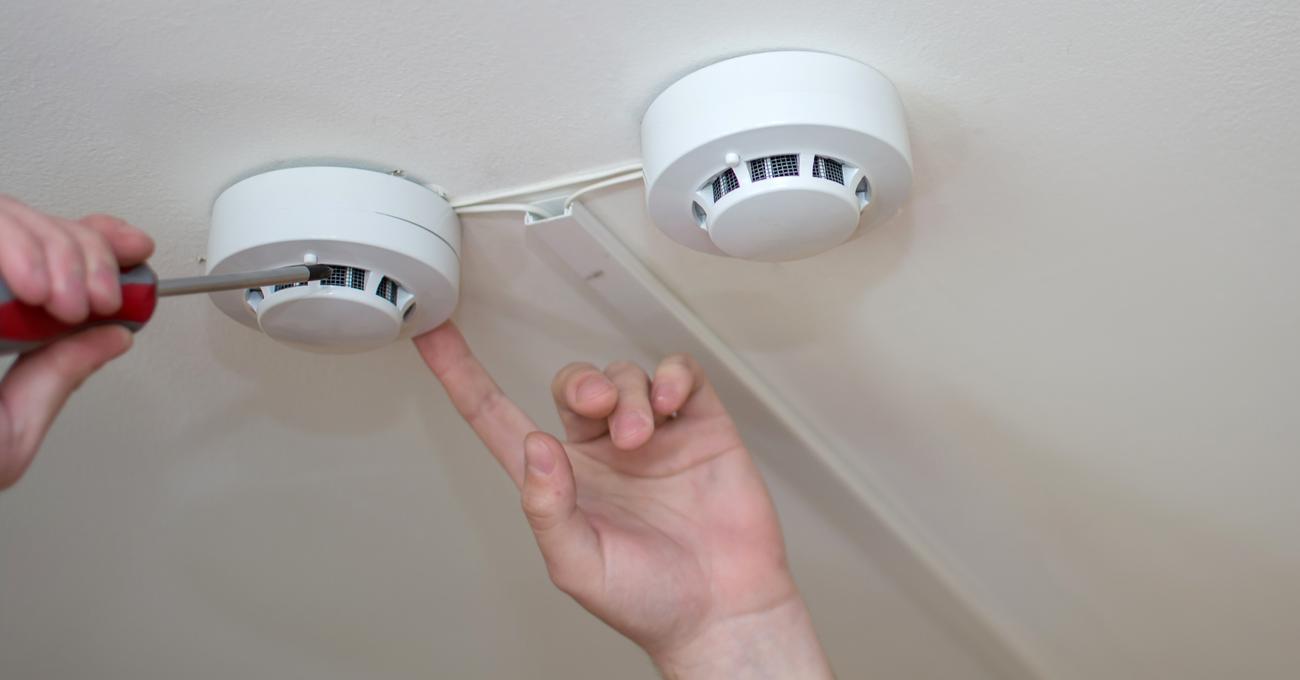
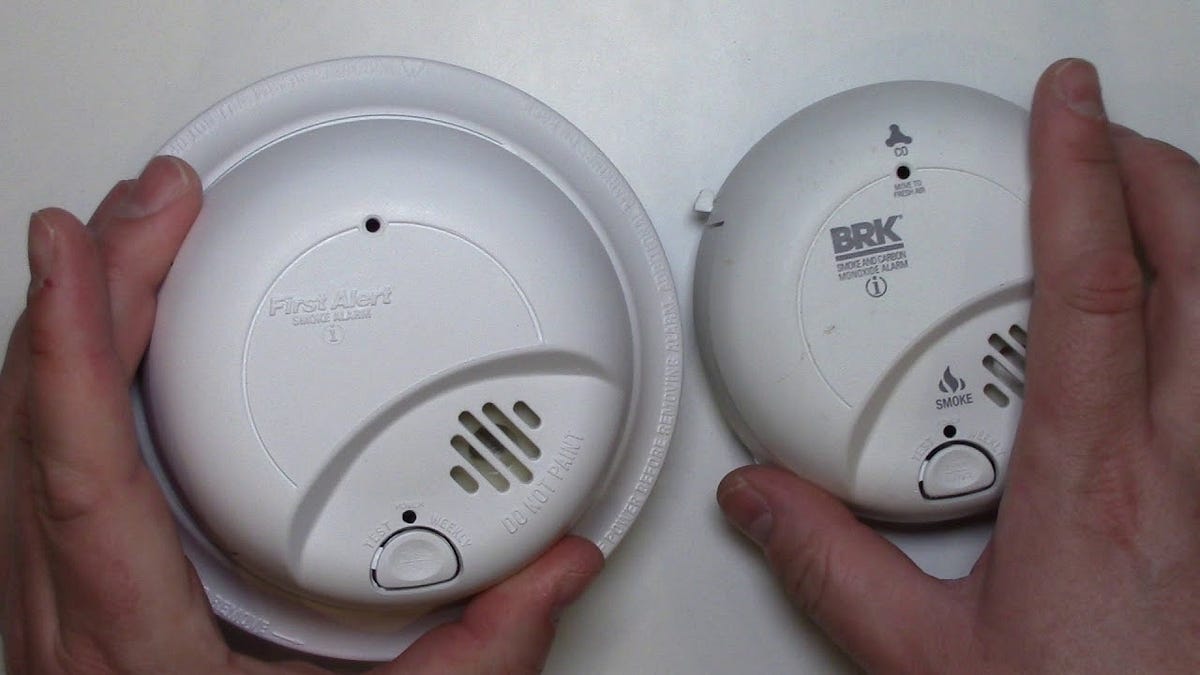

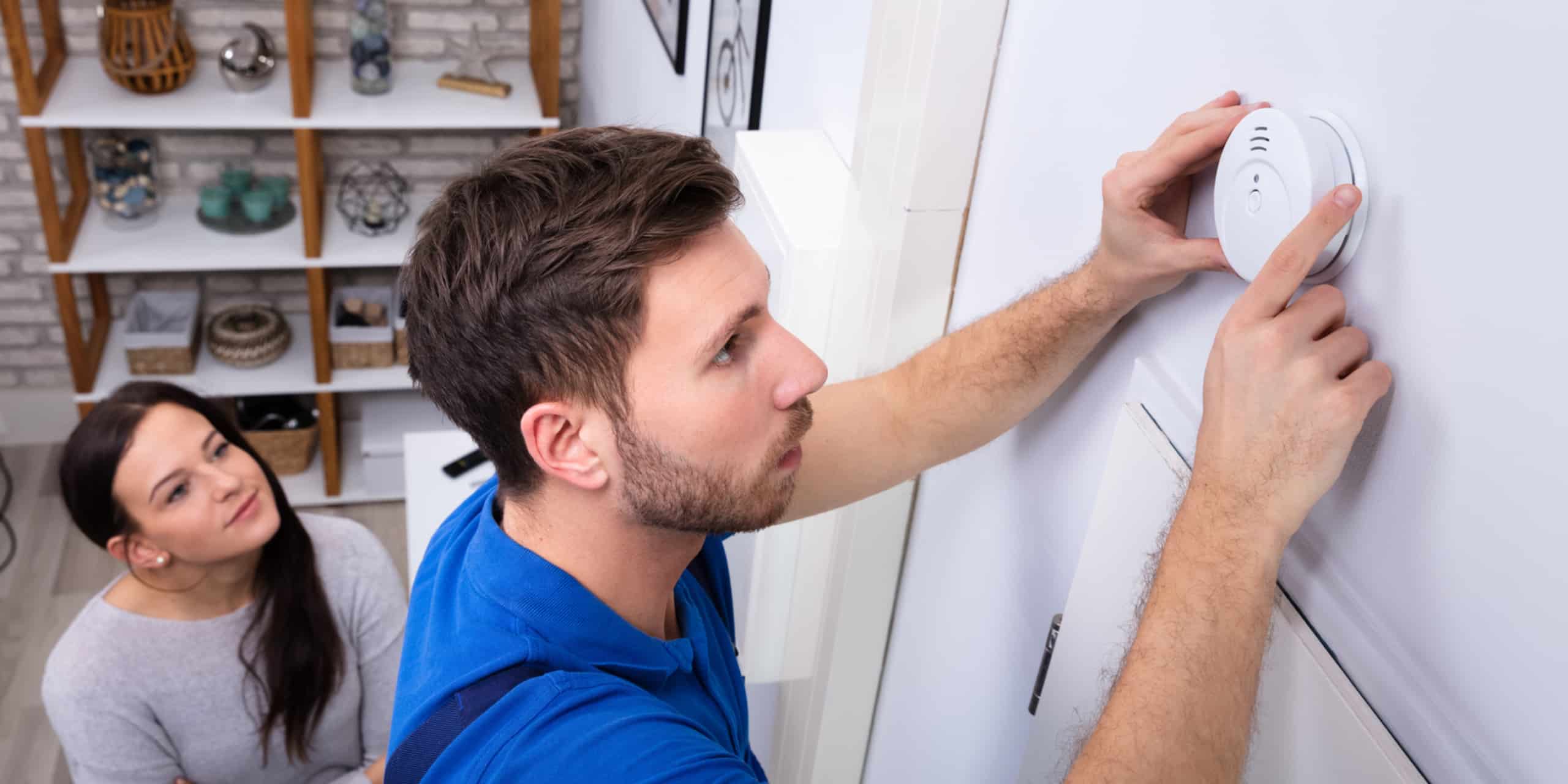

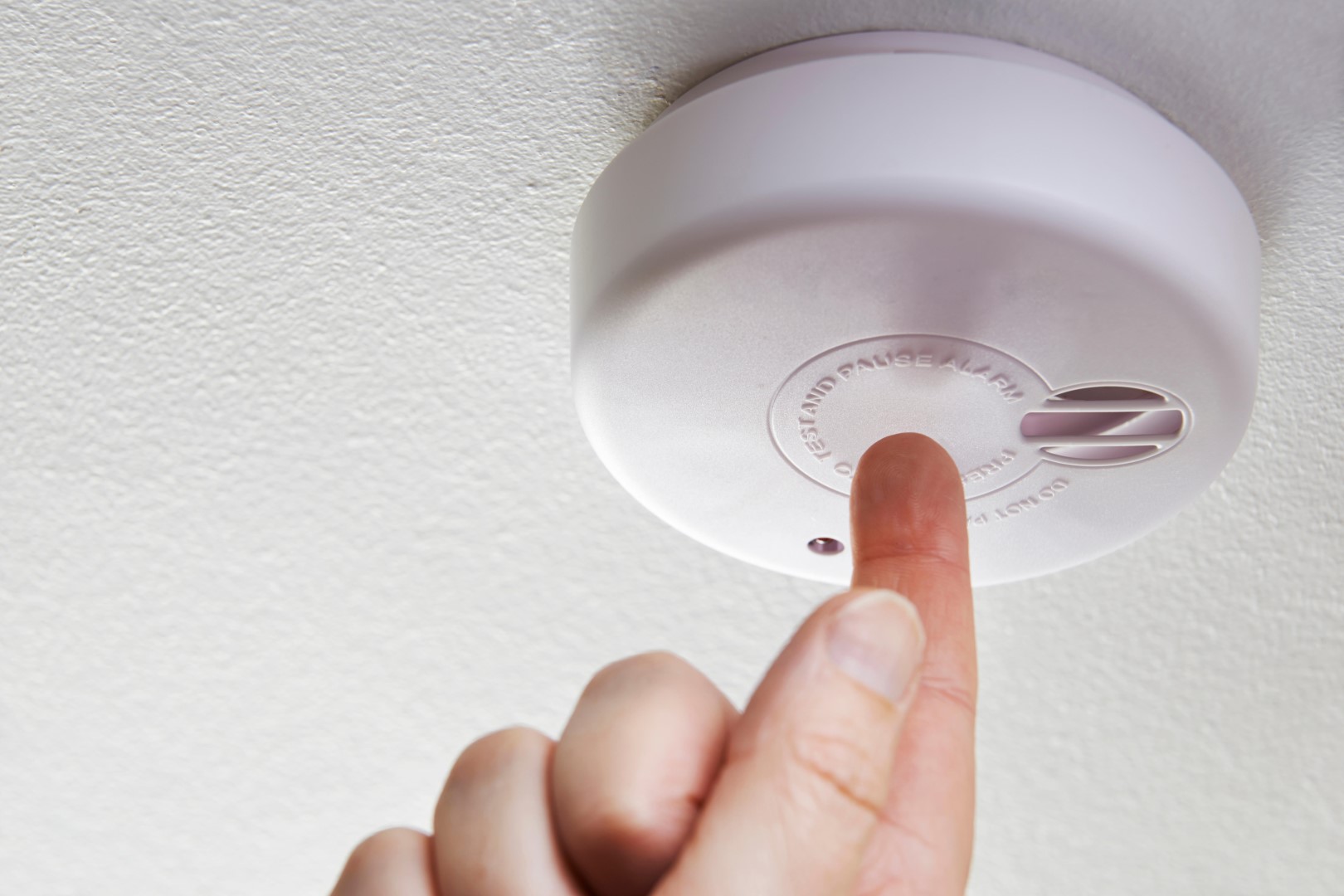

0 thoughts on “How To Stop A Carbon Monoxide Detector From Beeping”